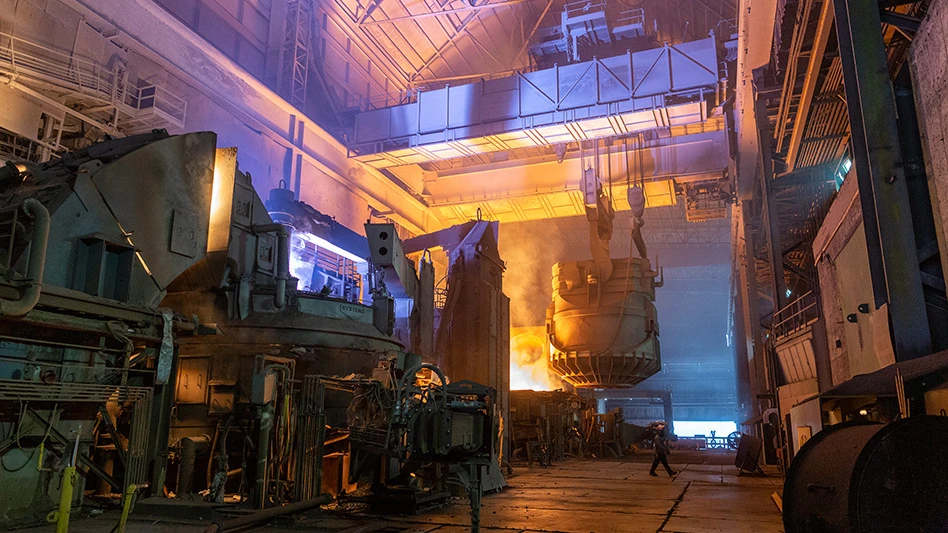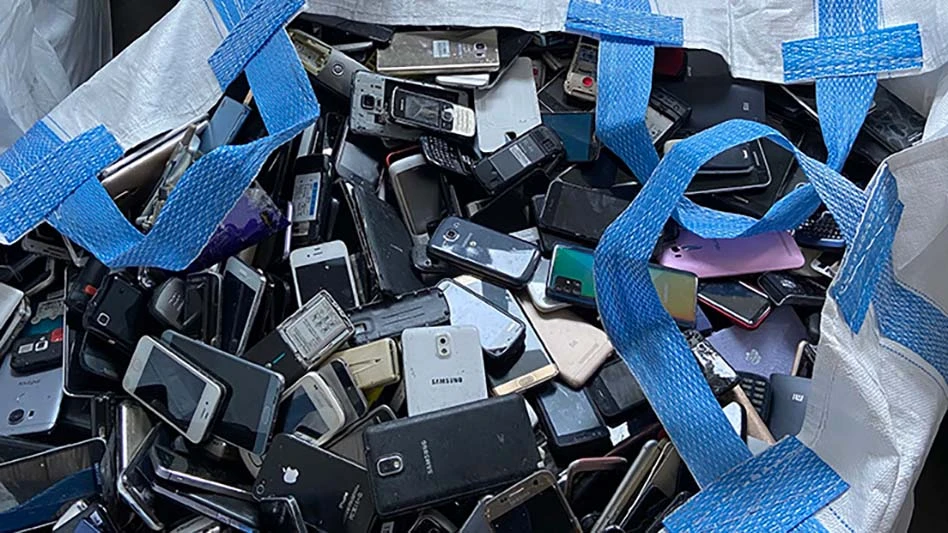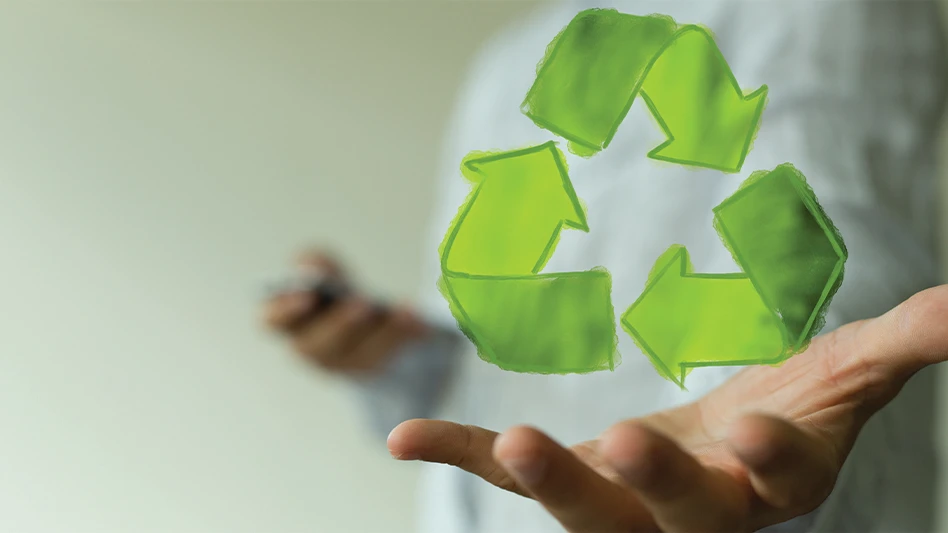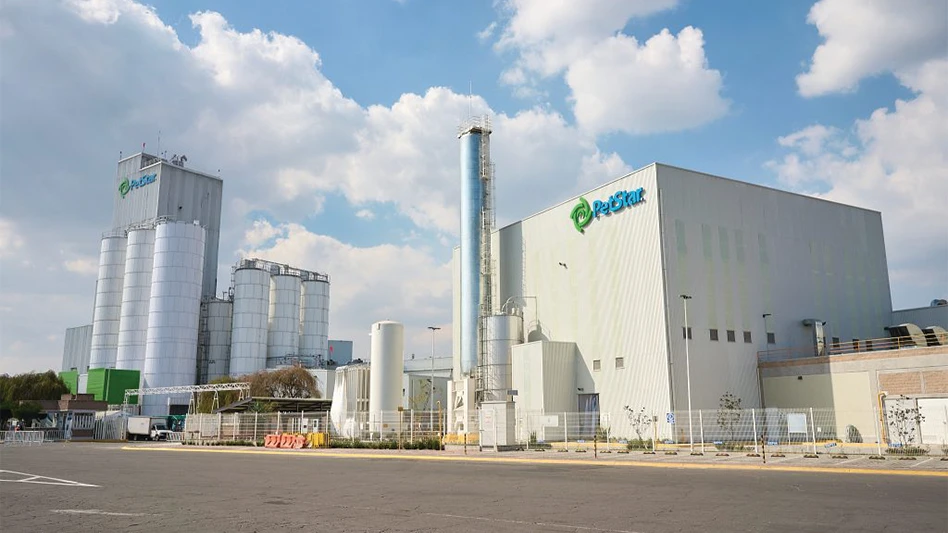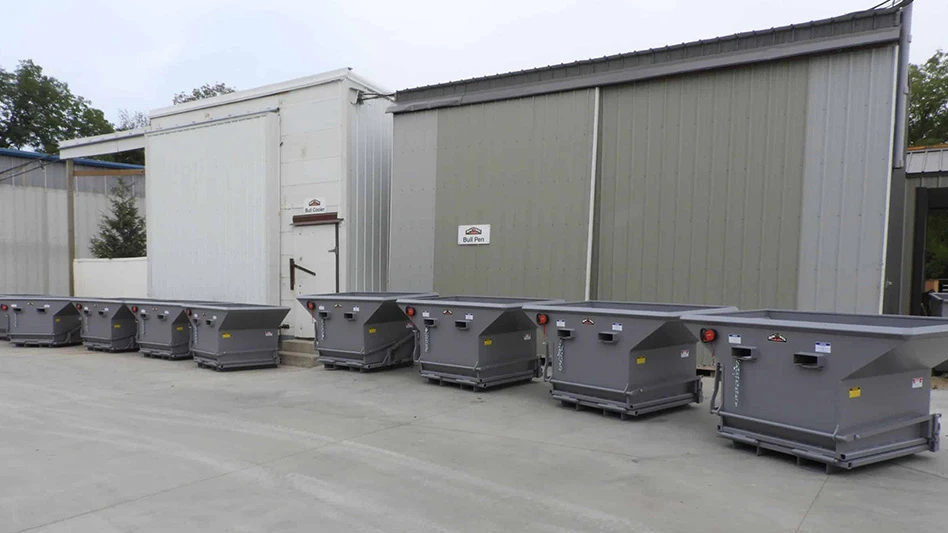
Photo courtesy of Pilbara Minerals
Australia-based Pilbara Minerals, which mines and processes lithium, says strong demand supported an average realized price of $4,447 per metric ton for its semiprocessed lithium product in its recently concluded 2023 fiscal year, resulting in a 326 percent increase in statutory profit.
The company, which produces lithium-bearing spodumene concentrate and ships most of its product to a hungry electric vehicle (EV) battery production market in Asia, used United States dollars to measure its average price.
Pilbara Minerals was able to receive a higher price for its lithium concentrate even though it put some 64 percent more spodumene concentrate into the market in its most recent fiscal year, which concluded this June 30, compared with the prior 12 months.
The company's fiscal year 2023 revenue grew by 242 percent (to AU$4.1 billion, or $2.64 billion), meaning its 326 percent profits increase even outpaced that figure.
“The long-term outlook remains very positive for battery grade lithium raw materials, with continued adoption of EVs and battery storage and an expected growing deficit as anticipated demand for lithium outstrips expected supply,” Pilbara Minerals Managing Director and CEO Dale Henderson says in comments accompanying the results.
In an investment presentation also accompanying the results, Pilbara describes itself as “one of the few major hard-rock lithium producers globally,” further implying supply is poised to lag demand for lithium in the global battery market. The company cites both EV batteries and energy storage systems as contributing to future lithium demand.
In comments accompanying its results, Pilbara also notes that lithium prices subsequently have receded, so its next set of results may not feature such favorable profit margins. Commodity price volatility is poised to play a role in the lithium market as it does in those of nickel, lead, cobalt and other battery metals.
As in Australia, lithium mining also has attracted investment dollars in North America. So, too, have several lithium-ion battery recycling facilities, often backed by equity and venture capital funds.
While venture capitalists may routinely put money into several companies while knowing a double-digit percentage of them will fail, recyclers do not traditionally operate that way.
Some recycling-focused companies, however, have been dipping their toes into the EV lithium-ion battery sector.
With EV sales figures in America beginning to show signs of increased market share, such as 25 percent of vehicle market share in California in this year’s second quarter, recyclers may finally be seeing a pivot in lithium’s current status as a recycling sideshow.
Private-sector recyclers typically prefer market-driven solutions to recycling challenges, but those have not yet proven bountiful in the lithium-ion battery sector. Thus far, recycling technology has been costly to deploy and lithium pricing most often has not yielded a worthwhile payout.
The news from Pilbara Minerals in Australia is just one snapshot in time from one company. Those hoping for a market-based boost to the battery recycling sector, however, likely are happy to take a look at the photo.
Latest from Recycling Today
- Autocar releases Smart Battery Cable to advance refuse truck fire safety
- PLASTICS launches Positives of Plastics website
- Impact Air Systems launches compact ZAC400
- PCA to shut down paper machines at Washington containerboard mill
- BMRA provides landfill guidance for UK shredder operators
- Fornnax high-capacity tire recycling plant
- EU introduces measures to secure raw materials, strengthen economic security
- US Steel to restart Illinois blast furnace

